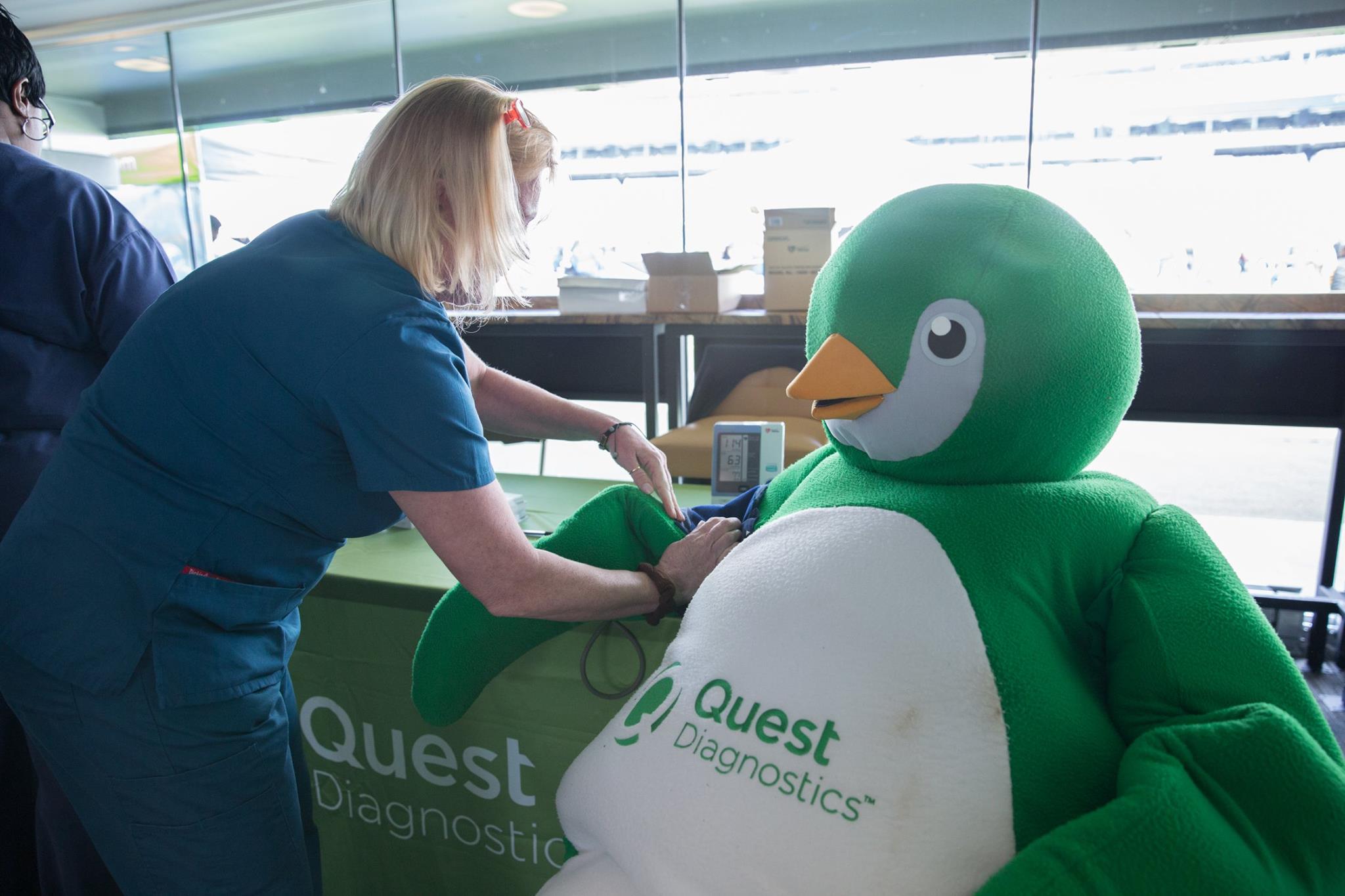
In some situations, the lab might be uncertain about which tests to perform, or might not be able to perform a particular test. For more information, see Generating Informatics Results. You can view or print this informatics information in either a tabular report or graph. For example, you could monitor glucose levels for children ages 6 to 16, compare cholesterol levels in women and men, or see how frequently abnormal white blood cell counts occur.

You can monitor changes in results for an entire population (that is, all of the patients associated with a specific client). For more information, see Generating a Cumulative Analyte Graph. If you prefer to see patient test results graphically, you can generate an analyte graph that contains information about one or more analyte measurements from one or more reports. For more information, see Generating Cumulative Analyte Reports. After you have defined which analytes you want to monitor, you can manually generate an analyte report for a specific patient. This analyte report (also known as a chart strip) appears at the end of each test results report that includes a measurement of that analyte. You can automatically generate reports about specific analytes. For more information, see Generating a Cumulative Test Results Report. If a particular patient has had the same test performed more than once, you can generate a cumulative report to see how the results have changed over time. For more information, see Accessing a Patient’s Report History. For labs that support this feature, you can view almost all of the test results for a particular patient that were generated within the past two years, not just the results for tests that you ordered. For more information, see Accessing Patient Test Results.
#Quest diagnostics results download#
In addition, if the client supports HL7 downloads, you can download the test results in HL7 format so that you can import the information into an external PMS, POS, or EMR system and add the test results to the patient’s chart. For individual patients, you can view or print a report of the results of any test that has been performed.

After the lab has completed a test, you can access a variety of reports:


 0 kommentar(er)
0 kommentar(er)
